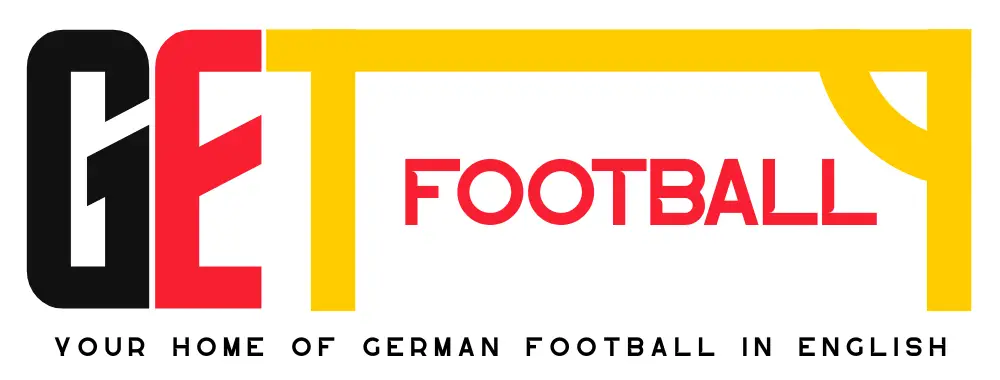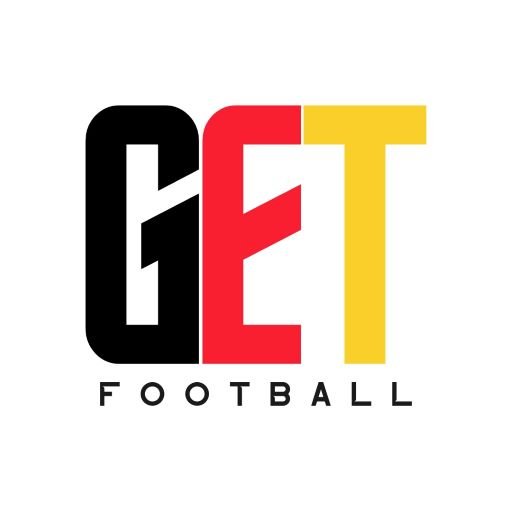The Bundesliga might not have the global esteem that the Premier League has managed to muster over the last decade. However, it’s still right at the forefront of technological changes that have taken place throughout European football’s top domestic leagues.
Of course, the Bundesliga is up there alongside La Liga, Serie A and France’s Ligue 1. In fact, Germany’s top flight currently ranks fourth in the UEFA co-efficiency rankings. It brought in VAR two years before the Premier League, and it was the earliest major European league to do so alongside Serie A.
With such a strong emphasis on pioneering technology, it’s not surprising that the increasing influence of technology continues to permeate Bundesliga match coverage. Here are some of the most significant changes that have reshaped the top flight of German football over the last decade:
Sports betting apps
Many cutting-edge subsidiary markets branch out from the might of the Bundesliga. However, sports betting apps have created several new ideas that have only emerged as genuine betting markets since the dawn of mobile betting apps. One of the most notable is in-play betting.
While all sports betting apps have functions that allow football fans to place bets at any point during the game, the operators of the top sports betting apps were the ones that noticed this change taking shape and got ahead of the curve.
Once online sports betting had become the new sheriff in town, so to speak, innovators and those in the sports technology world were working tirelessly in the latter stages of the noughties to find ideas that could keep interest in the market at fever pitch.
The technology of sports betting apps and the specific growth we have seen in in-play markets have resulted in this technology becoming both world-leading and highly innovative, even in the creative breeding ground of the sports betting industry.
Data collection and statistics
Before technology existed in the German game, commentators had to do their homework and research players in an upcoming game. They’d have to verify their facts, speak to the player’s clubs and make a note of it all as they sat in the gantry.
As technology started to change slowly in the 1980s and 1990s, it became much easier for sophisticated computer algorithms to automatically detect some of the key pieces of data, such as match possession, shots on target and even offsides. Technology makes it infinitely easier to store statistics and allows commentators and fans to access this information quickly.
Harry Kane’s record-breaking feat of becoming the fastest player to reach 100 goal involvements at Bayern was a remarkable achievement, especially with the ease of clocking the milestone and hitting it in 34 fewer games than Robert Lewandowski did.
VAR and offside technology
Once offside technology advanced to the stage where it was an integral part of VAR, it became pivotal in match coverage. It was used throughout coverage, both televised and on social media, and in some cases, by those watching live in the stadium.
We can’t discuss technology’s impact and influence in the Bundesliga without touching on VAR and the advances of offside technology. They have profoundly changed how the game is played, not just in Germany but also in European competitions and other domestic European leagues.
Within 20 years, analysts have gone from having an insightful but fairly limited approach to offsides, VAR and camera angles to accessing 360-degree simulated offside technology and instant replays – an entirely new dimension of coverage is available, and we’re still in the midst of the adjustment period.
Is it a positive or a negative?
Suppose you’d asked the question 20 years ago about whether the increasing influence of technology on Bundesliga match coverage would be positive or negative. In that case, there’d be few people who would’ve argued that point. Sure, some people voiced concerns about the flow of the game, not to mention the “embarrassment of riches” from simply having so much technology, data and stats available.
Plenty of pundits, analysts and fans will argue until they’re blue in the face and cite a host of stats and data they’ve conjured up using this technology. However, some believe it takes the essence out of the Bundesliga.
It’s those moments of magic that exist in the game where the unexplainable remains unexplainable that have come to define some of the golden moments in German football – dissecting them and combing through every single frame of a replay takes some of the joy and some of the old-school punditry and commentary away from the game.
There are clearly two ways to approach this argument. Some do not doubt that the increasing influence of technology has helped the Bundesliga keep itself relevant on a global stage and of the same high quality as the other top European leagues. Others are of the more traditional belief that punditry and match coverage should be more of an art, driven by emotion, rather than a science where the joy can be potentially sucked out of the game. It’s a delicate balancing act.
Final thoughts
Honestly, the Bundesliga match coverage has a pretty good balance. In some leagues, technology’s influence stretches too far the other way. Sky’s cover of the EPL, for instance, has pundits spending 10 or 15 minutes analysing individual moments, drawing lines and angles, and running it back in slow motion.
Not to mention, alongside the Bundesliga, they’ve brought in some of the newer technological punditry tools, such as xG and other recently contrived statistical formulas, which are saturating many of the match facts and data we see in post-game coverage.
Likewise, it feels like VAR has been poorly executed right across domestic European leagues. There have been much worse examples of this in La Liga and the EPL, but the Bundesliga certainly hasn’t come out of this unscathed, either.
Granted, it is a new concept that will take time to grow into the league adequately, but it slows the game down considerably, with fans worried about celebrating goals and concerned they might be ruled out, and can have commentators scratching their heads mid-coverage as a referee in a studio spends 90 seconds drawing lines on a computer.
It’s not the football of old, but it’s never going back to those days, so the best option is to work with this technology and find common ground that appeases older fans and the new generation.










